If the Beef Checkoff never came to fruition, how would the beef industry be different today? What would the effects be on producers’ operations? For 35 years, the Beef Checkoff has supported the beef industry. Since its start in 1985, the Checkoff has significantly and positively altered the beef industry’s course, providing much-needed funding for promotion and research while also serving as a unifying force to consumers regarding all things beef. The Beef Checkoff has brought producers, industry organizations and stakeholders together with a common purpose – driving demand for beef.
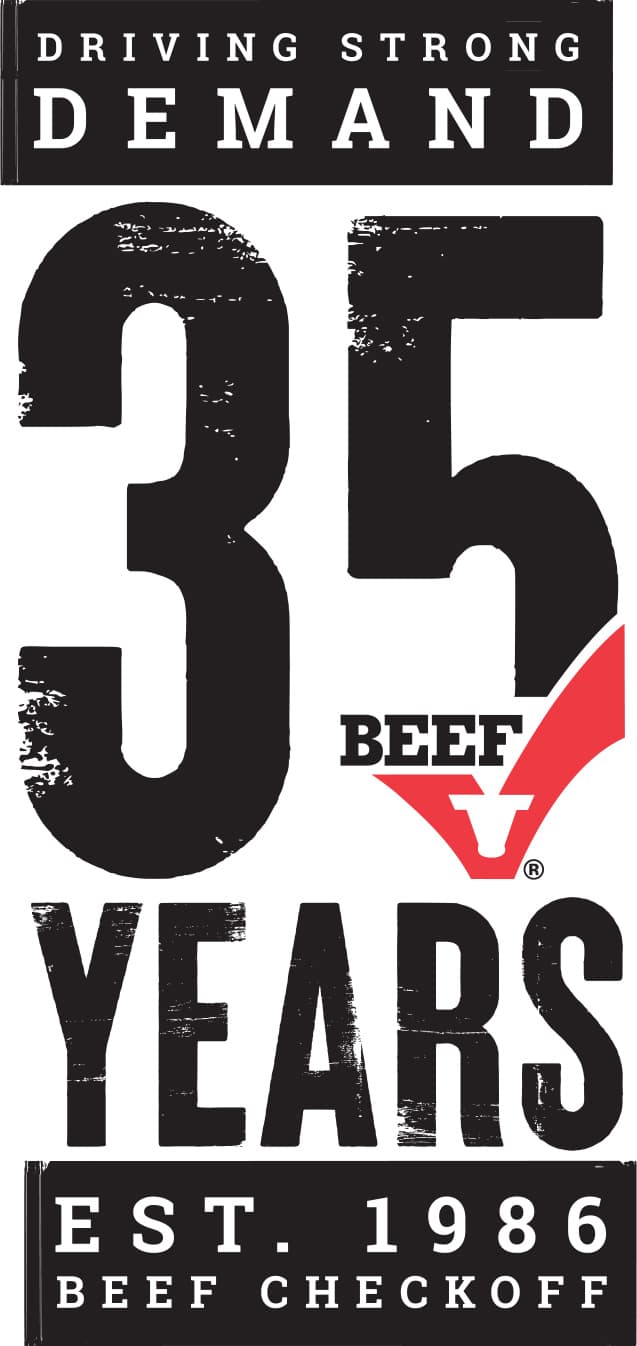 Here are examples of Beef Checkoff wins and successes throughout the years that helped secure beef’s position as the protein of choice.
Here are examples of Beef Checkoff wins and successes throughout the years that helped secure beef’s position as the protein of choice.
1985 – The Beef Checkoff was established as part of the 1985 Farm Bill.
1987 – The Beef Checkoff launched its first advertising campaign, “Beef: Real Food for Real People.” featuring celebrity talent Cybill Shepherd and James Garner.
1989 – Beef prices were above their forecasted levels during the three years after the Checkoff began, due in part to successful Checkoff promotion campaigns. Ronald Ward, Ph.D., conducted this research with the University of Florida.
1990 – Checkoff-funded research and product development introduced a new, low-fat ground beef.
1991 – McDonald’s rolled out its “McLean Deluxe” burger using the new, low-fat ground beef.
1992 –The “Big Four” research studies improved beef’s safe shelf life by reducing carcass bacteria and improving carcass quality through a national genetic evaluation program. Also, the Beef. It’s What’s For Dinner. campaign kicked off.
1993 – Consumer research showed that 80 percent of consumers were aware of the new Beef. It’s What’s For Dinner. campaign, featuring Robert Mitchum’s voice.
1994 –Several Checkoff-funded research projects identified pathogens like E. coli throughout the cattle and beef production system and developed control mechanisms.
Following a foreign buyers conference in California, a Chinese representative purchased 41,000 lbs of U.S. beef, marking the first sale ever to China.
1997 – A Checkoff-funded microbial-mapping study identified the Critical Entry Points (CEP) for pathogens at packing plants; high-temperature vacuuming removed unwanted contaminants from carcasses, a procedure that would become standard in the entire packing industry for removing unwanted contamination from carcasses and save the industry an estimated $200 million in hand-trimming costs.
1998 – SYSCO Corporation, the largest food distribution company in the U.S., rolled out 26 new beef and veal products developed by the Beef Checkoff.
The National Beef Cook-Off was the single most widely publicized beef recipe contest ever conducted, reaching a combined media circulation of more than 245 million people.
1999 – New chuck and round cuts found their way into meat cases nationwide after being revolutionized by the Beef Checkoff.
A study by Colorado State University stated 99.99 percent of potentially harmful bacteria is removed or destroyed when Checkoff-developed technology is used while harvesting beef.
2000 – Featuring the recognizable “Rodeo” music and actor Sam Elliot’s voiceover, network television ads highlighted the convenience of new, heat-and-serve, prepared beef items, increasing sales by 131 percent.
2001 – The ground-breaking Muscle Profiling Research reinvented and added value to portions of the beef carcass, the chuck and round, that previously were underutilized and undervalued, thus enhancing overall carcass value.
2002 – The Checkoff continued the Carcass Merit Project to validate genetic markers for economically important carcass and customer satisfaction traits, such as marbling, tenderness and composition.
2004 – Checkoff-developed Flat Iron Steak and Petite Tender cuts outsell the T-Bone and Porterhouse steaks in foodservice.
2007 – Checkoff-funded market research completed the first Beef Consumer Index to identify and communicate with the consumers who have the highest potential to increase beef demand.
2008 – Capitalizing on its foundational Muscle Profiling research, the Checkoff introduced five new cuts from the chuck roll – the Delmonico Steak, Denver Cut, America’s Beef Roast, Boneless Country-Style Beef Chuck Ribs and the Sierra Cut.
2010 – The Beef Cutout Calculator is introduced as an interactive web-based tool that provides an in-depth view of carcass composition and value. The Masters of Beef Advocacy (MBA) program also began.
2012 –The Beef in an Optimal Lean Diet study provided evidence that the inclusion of lean beef as part of a heart-healthy diet is as effective in lowering heart disease risk as the DASH (Dietary Approaches to Stop Hypertension) diet — the most recommended heart-healthy diet of the time.
2013 –To reach millennials, the Checkoff partnered with AllRecipes.com to promote 21 Checkoff-funded recipes, beef nutritional information and tips on using beef in weeknight meals.
2014 – The Ibotta app encouraged consumers to learn beef-freezing and nutrition facts and watch Checkoff videos for the “Easy Lean Beef Burger” and “DIY Tacos” to earn a rebate on purchases of fresh top sirloin or ground beef.
2015 – Checkoff advertising drove more than 2.2 million site visitors to BeefItsWhatsForDinner.com, a 29-percent increase over FY14.
2016 – The Beef Checkoff commissioned market research for a comprehensive study on how millennials define quality and what they are looking for in beef when dining out, indicating attributes such as taste and tenderness are their indicators of quality.
2017 –The Checkoff partnered with Amazon to refresh the Beef Category page on the Amazon Fresh Prime platform, increasing beef units sold by 16 percent.
2018 – The American Heart Association certified more than 20 Beef. It’s What’s For Dinner. recipes as heart healthy.
Beefshi, a sushi-style treat with beef instead of fish, made its debut.
2019 – New beef production science-based courses are introduced to middle and high school classrooms across the U.S.
Beef. It’s What’s For Dinner. reaches a landmark one billion consumers in one year.
2020 – The Beef. It’s What’s For Dinner. “United We Steak” grilling campaign promised to be the most extensive and longest-running beef campaign to date.

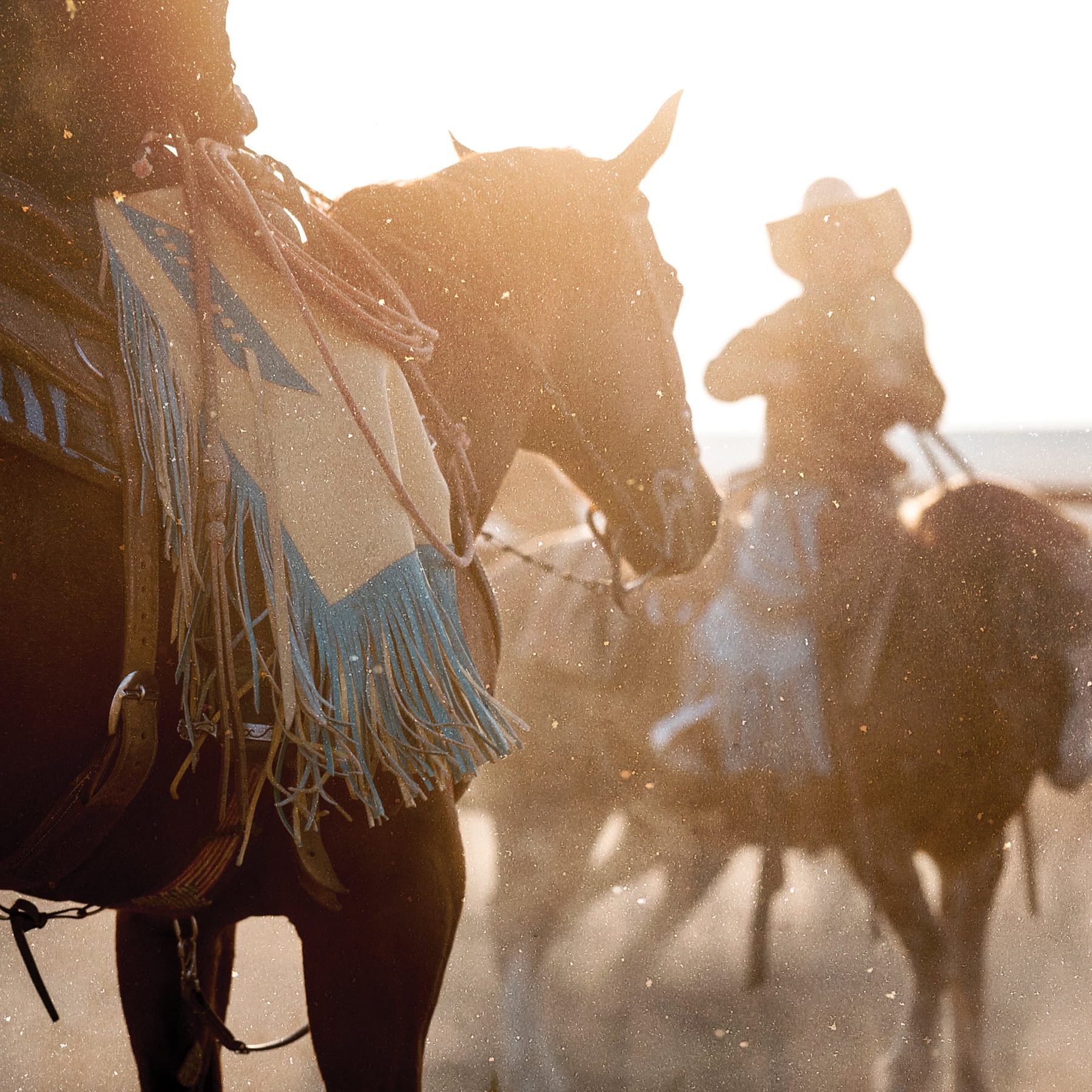
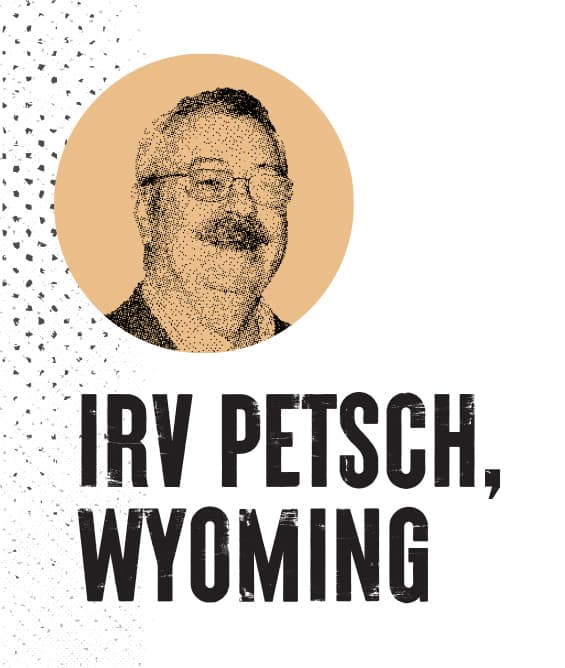



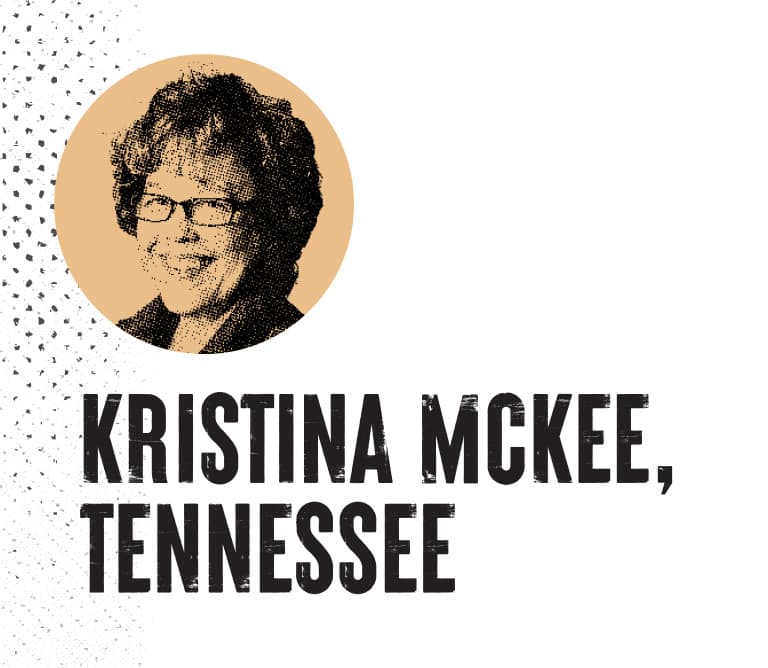

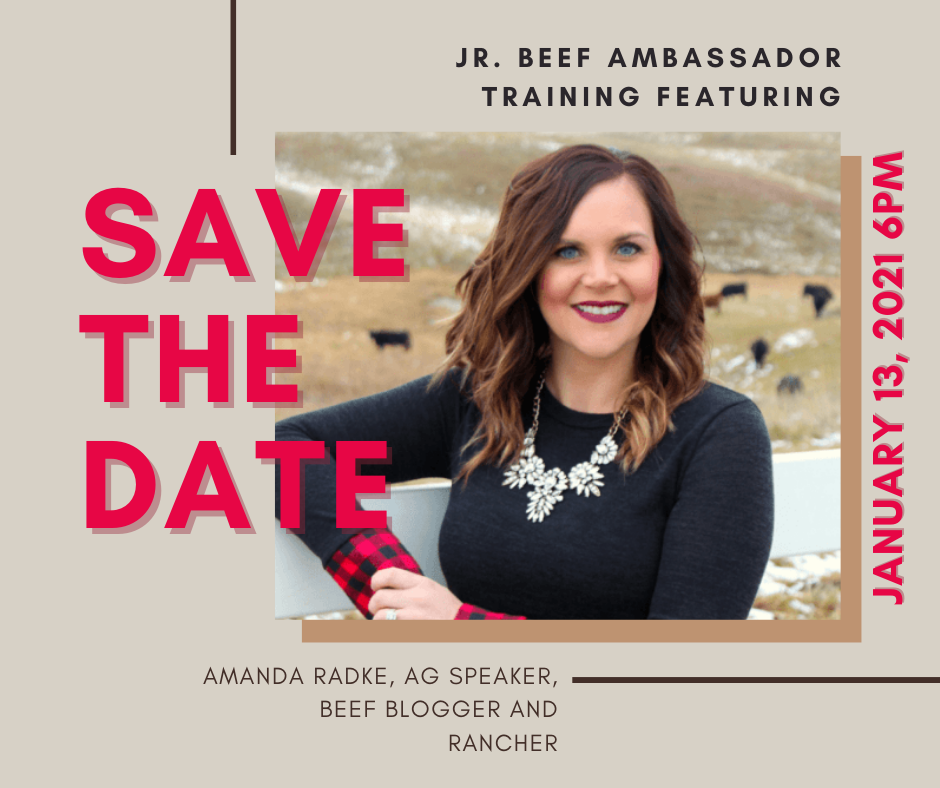 NEBPI hosted two “Meet & Greet” opportunities for the Northeast Junior Beef Ambassadors. The sessions were hosted virtually and served as an opportunity to share Checkoff content with the advocates. Also, NEBPI hosted an interactive talk for the ambassadors with
NEBPI hosted two “Meet & Greet” opportunities for the Northeast Junior Beef Ambassadors. The sessions were hosted virtually and served as an opportunity to share Checkoff content with the advocates. Also, NEBPI hosted an interactive talk for the ambassadors with 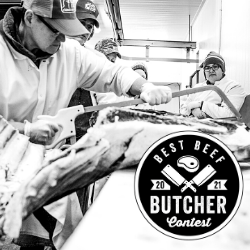 Applications are now open for the 2nd annual
Applications are now open for the 2nd annual 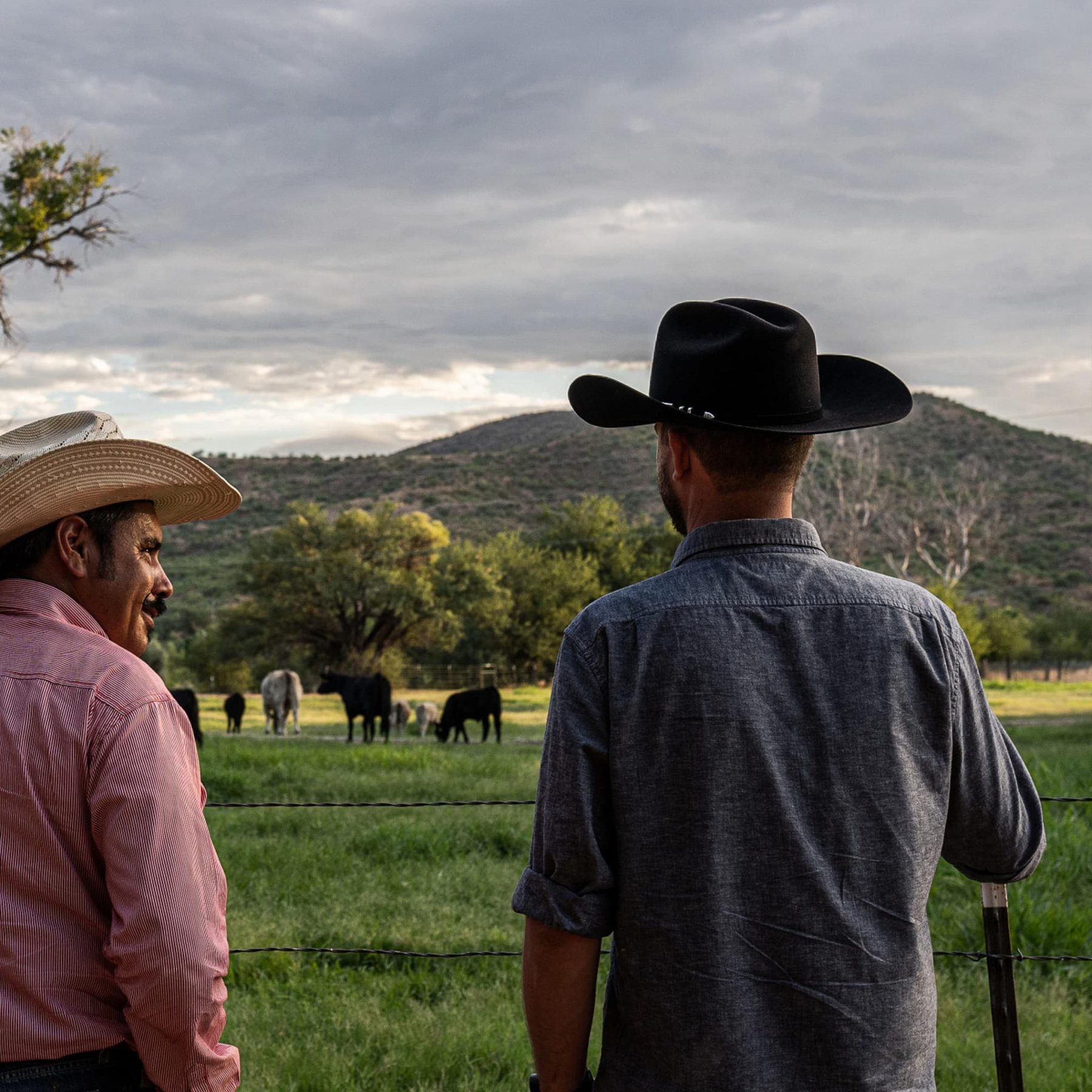
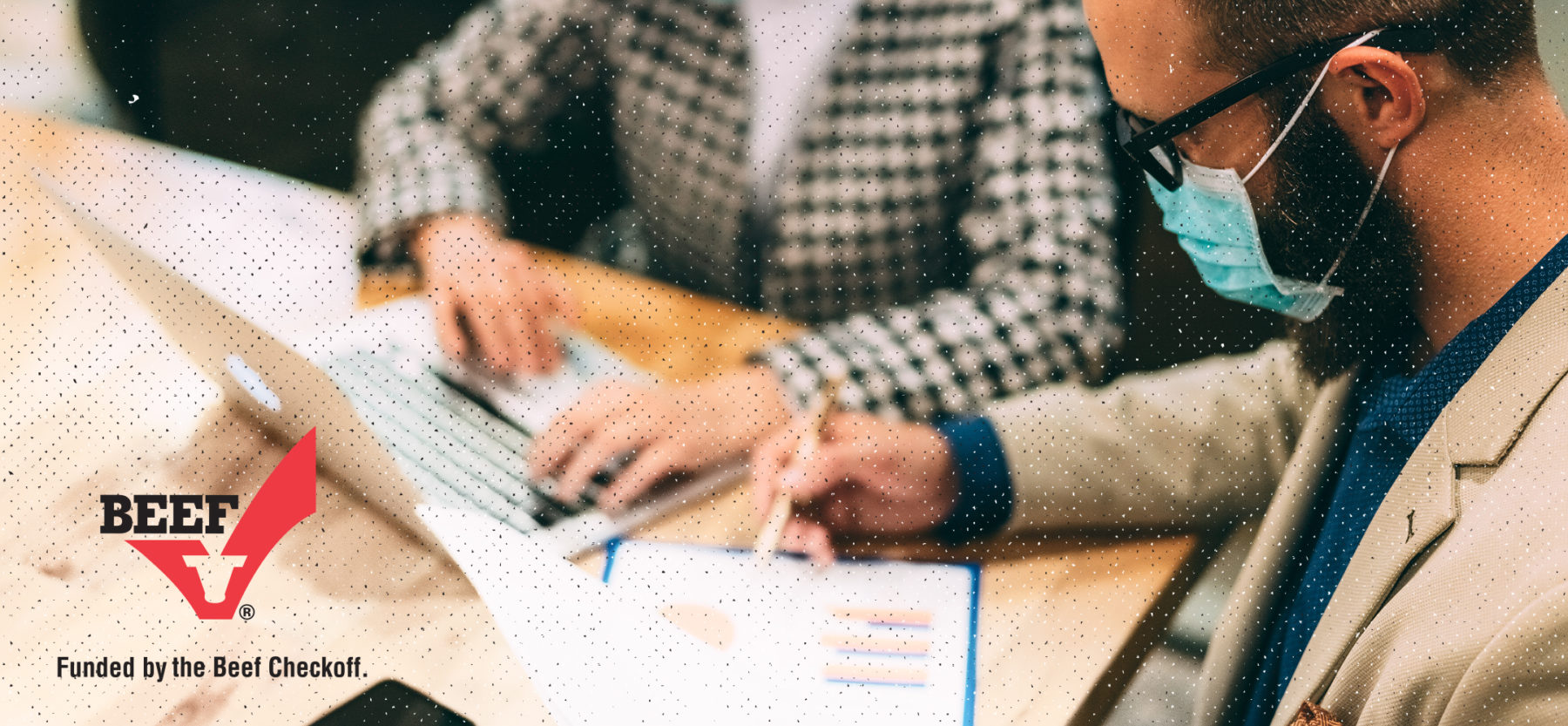
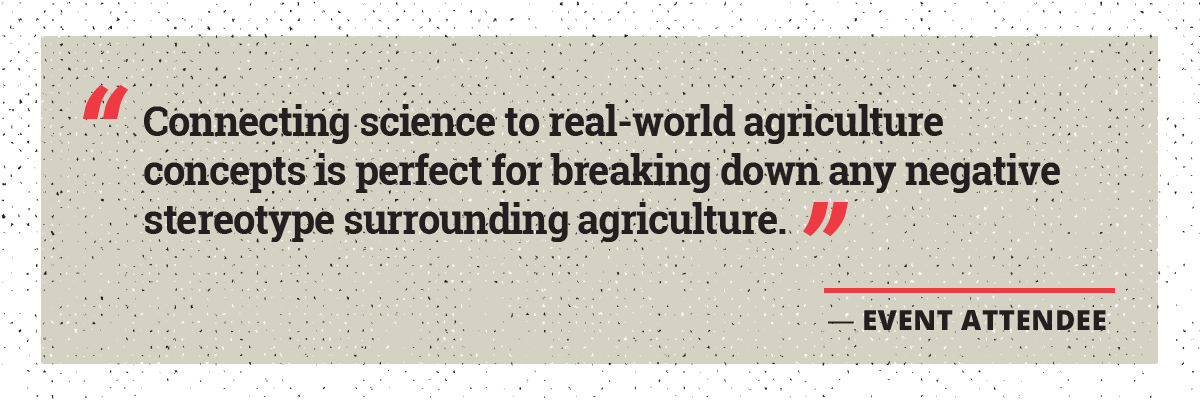 2. Beef E-Learning Courses for Educators
2. Beef E-Learning Courses for Educators